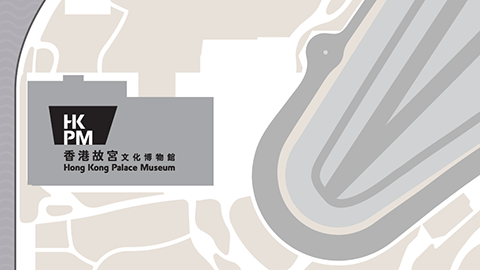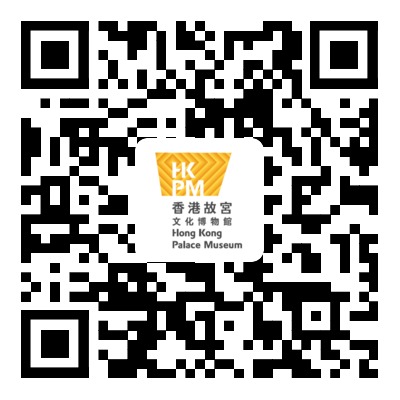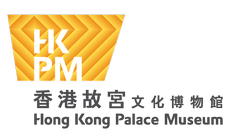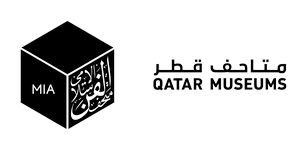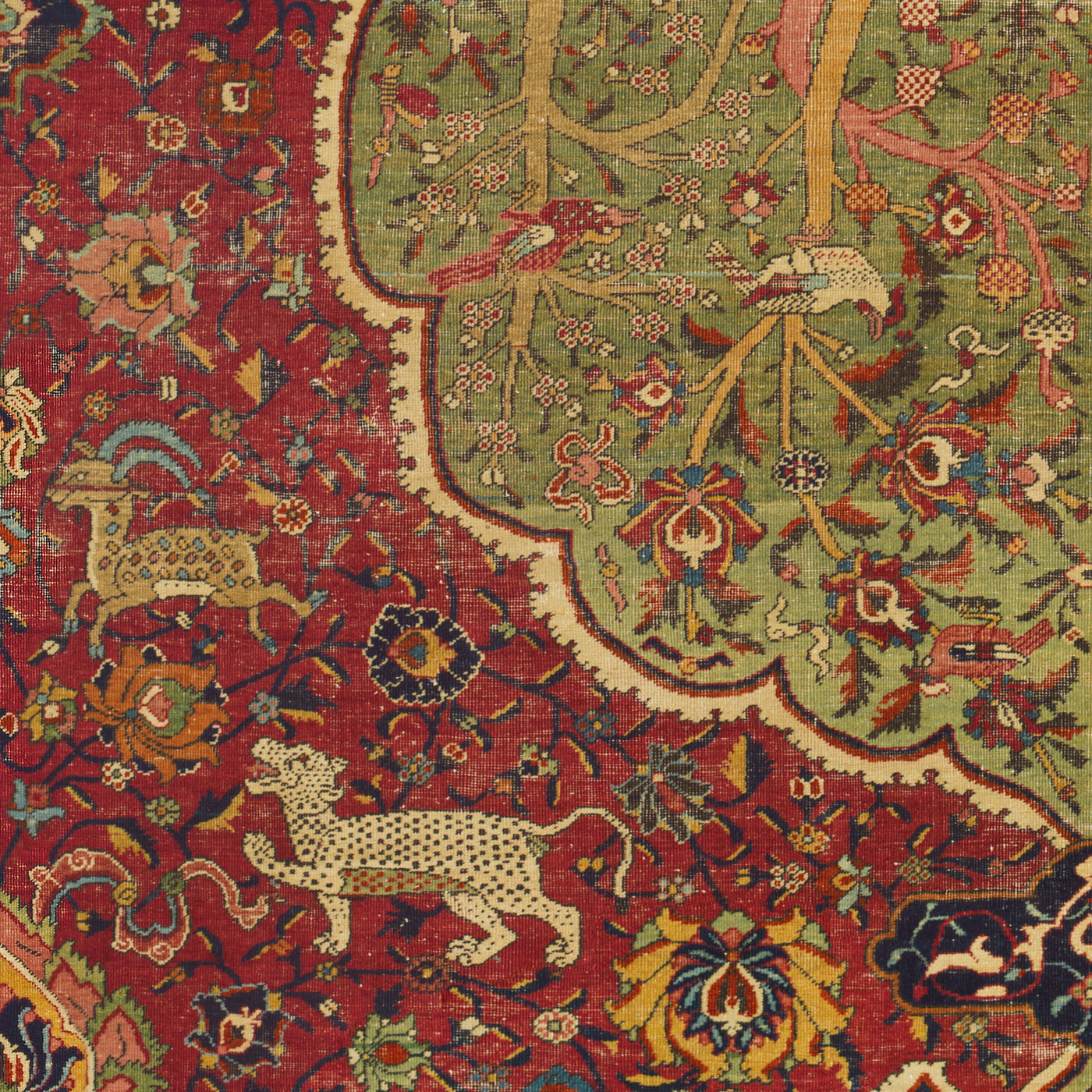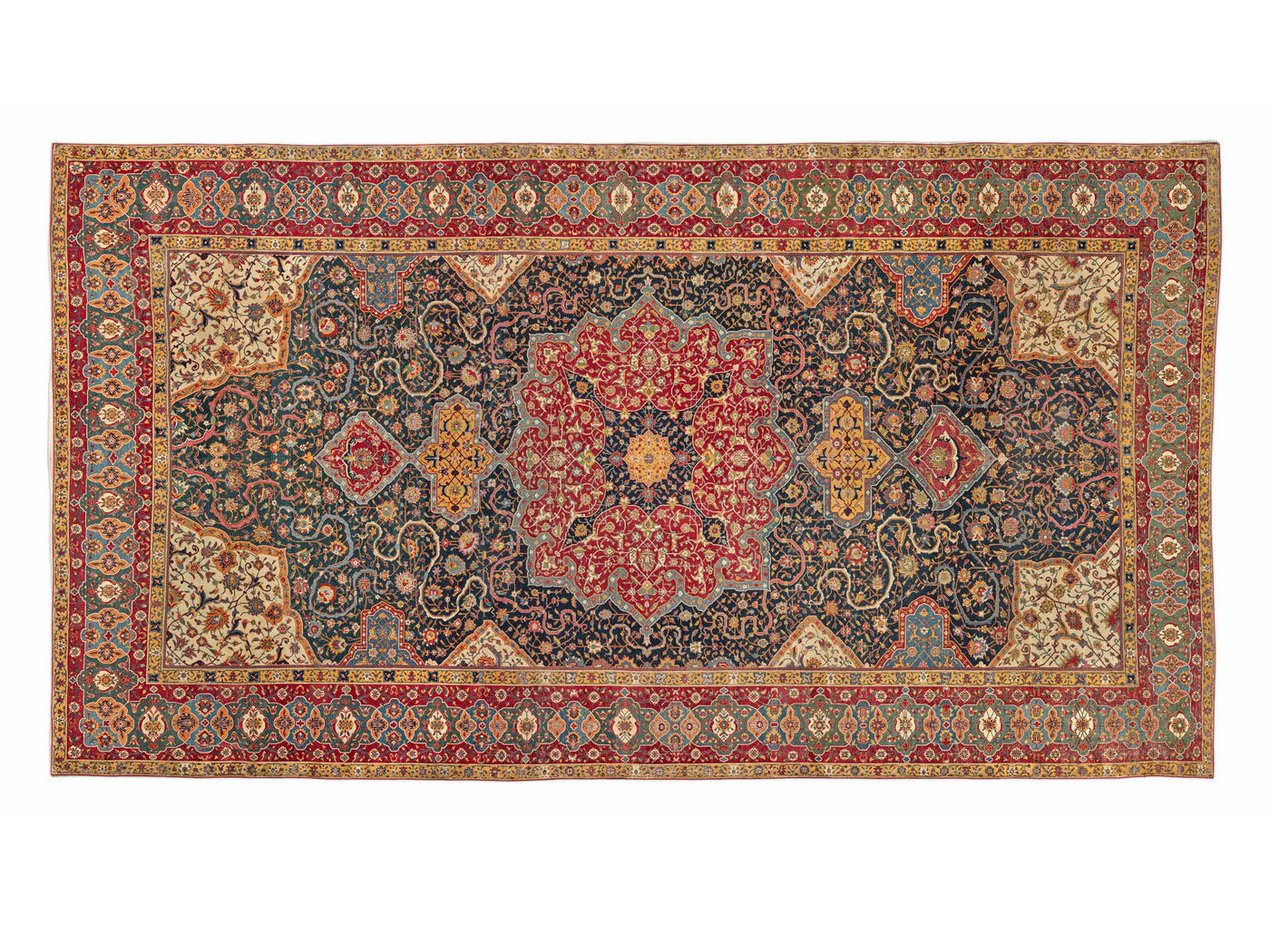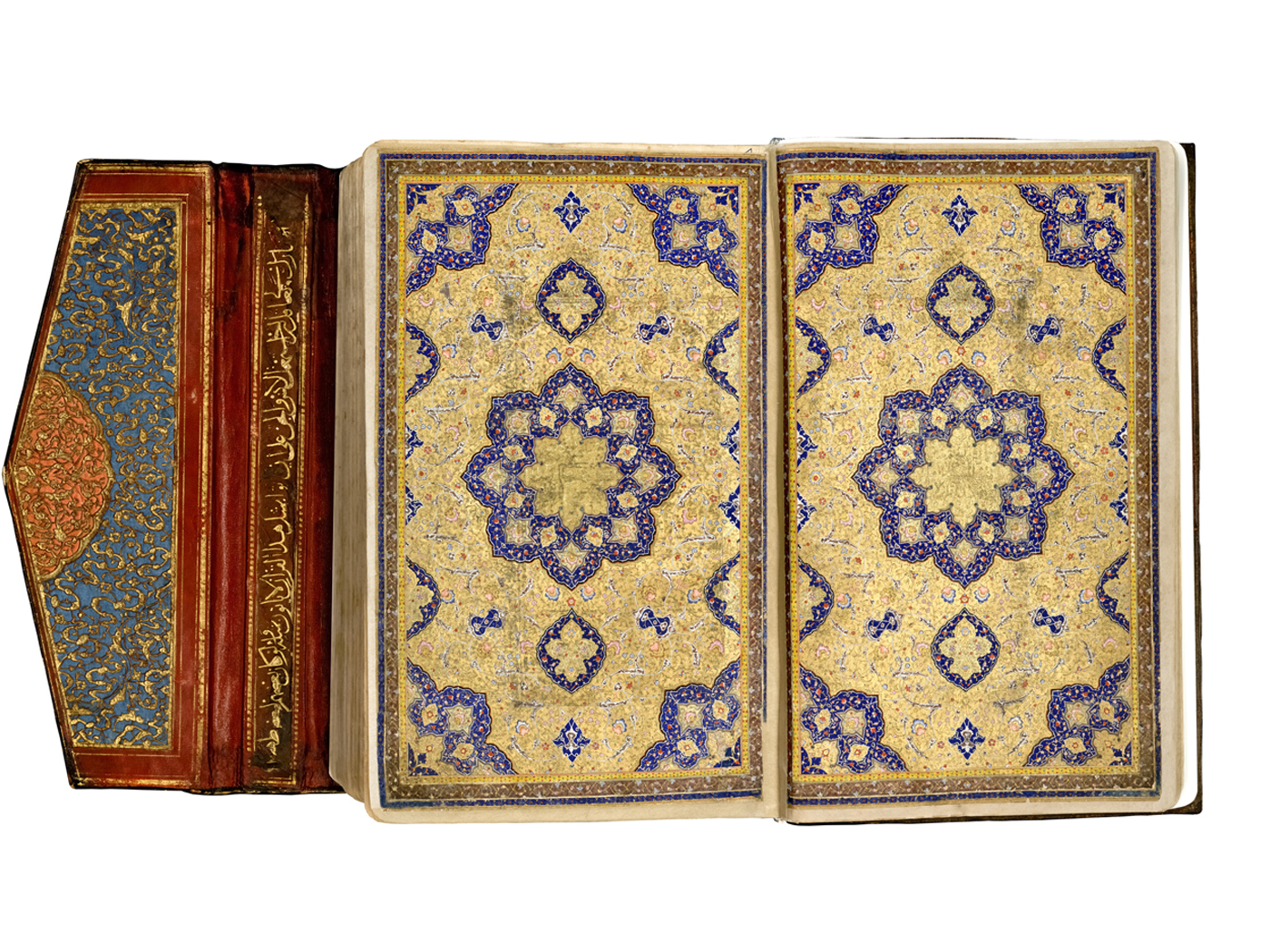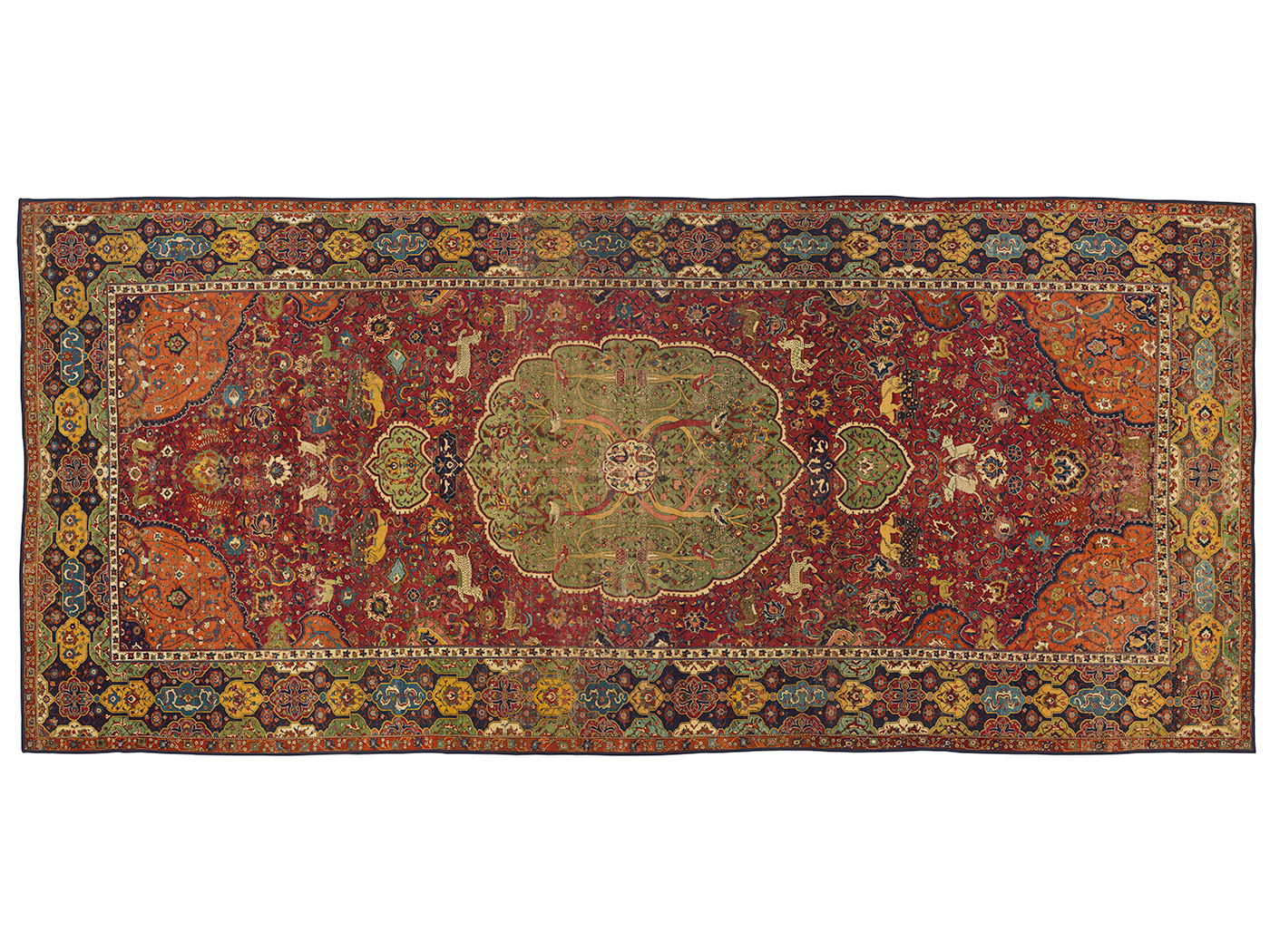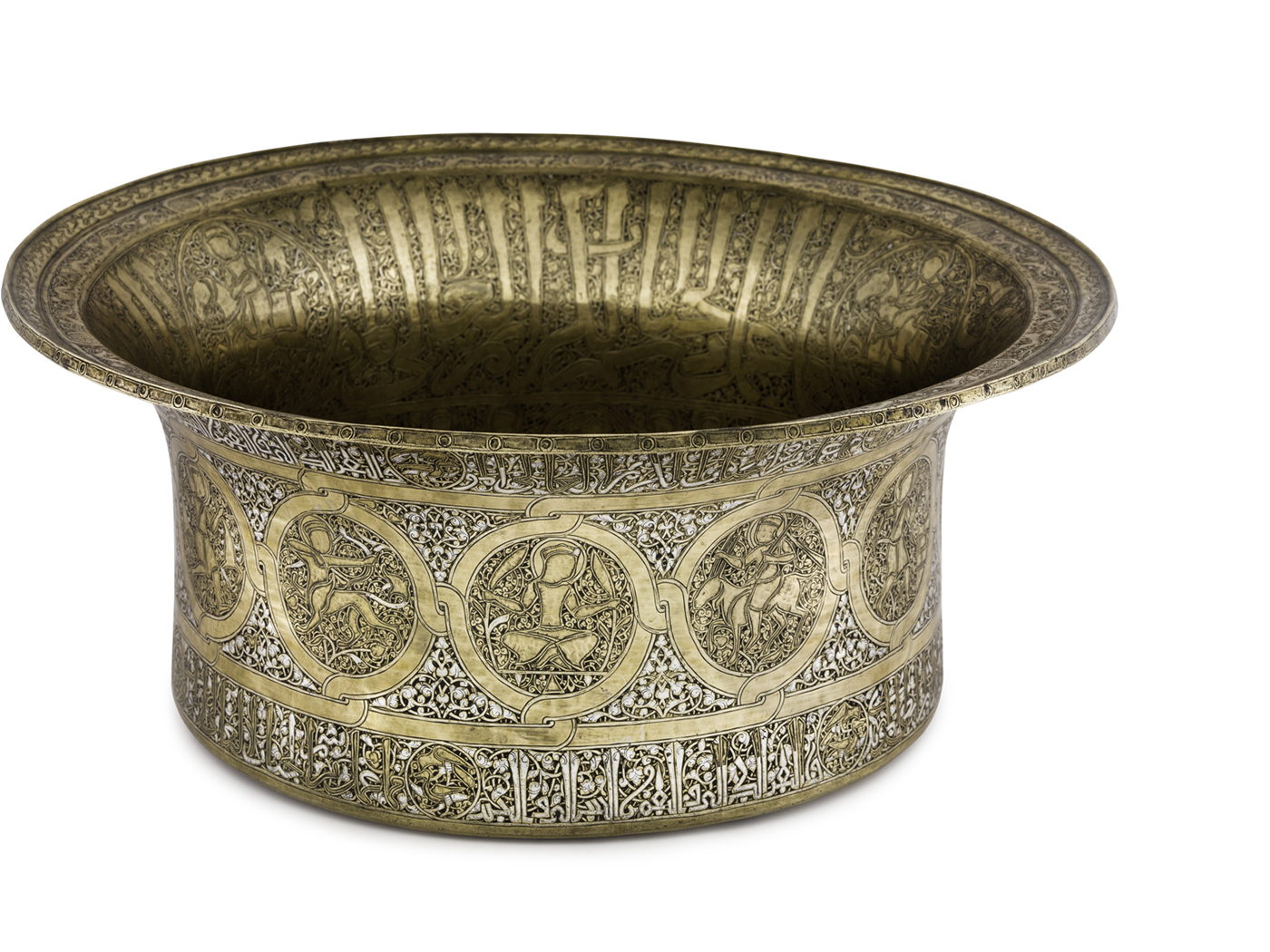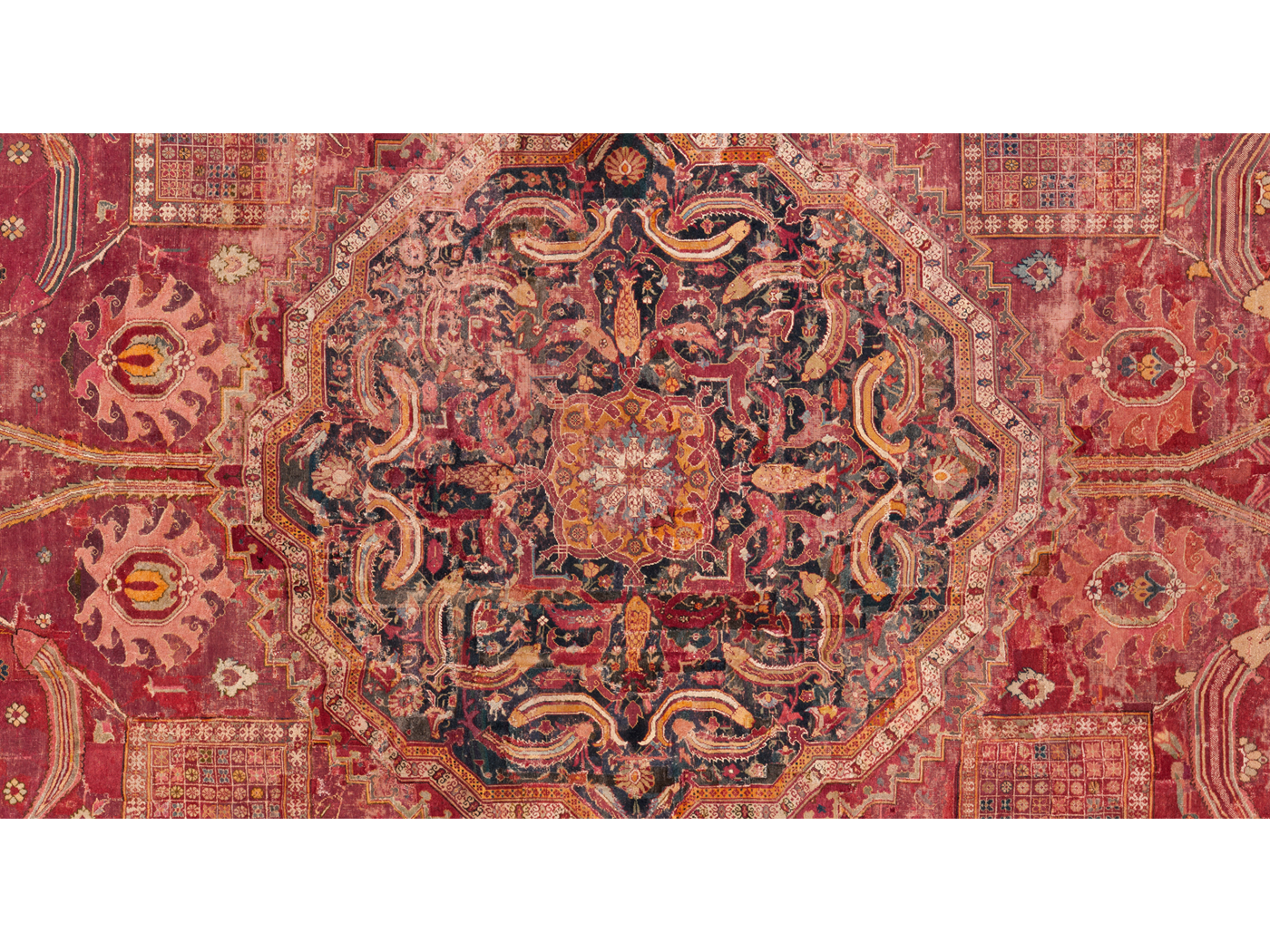The exhibition features carpets from Safavid Iran, Ottoman Türkiye, and Mughal India, the three Islamic empires of the early modern period, along with ceramics, metalwork, manuscripts, and jades from the 10th to the 19th centuries. These exquisite works illustrate the vital artistic exchange, facilitated by trade, migration, and diplomacy, among the Safavid dynasty (1501–1736), Mughal dynasty (1526–1857), and Ottoman dynasty (1299–1923). This exhibition also evinces the inspiration Chinese art has given artists in the Islamic world, and vice versa.
The exhibition is divided into four sections: the first section introduces the cultural exchanges and mutual learning between the Islamic world and China since the 7th century; the following three sections focus on, respectively, the Safavid, Mughal, and Ottoman dynasties. The design and creation of carpets and other works of art are explored in each section, offering insights into the cultural significance of imperial and finely knotted carpets, the transfer of interregional knowledge, and local characteristics.
The exhibition is jointly organised by the Hong Kong Palace Museum and the Museum of Islamic Art, Doha, presenting around 100 treasures from the Museum of Islamic Art in Doha, Qatar, along with precious objects from the collections of the Palace Museum and the Hong Kong Palace Museum.
Discover and get involved with a series of learning programmes here!
Trailer
Jointly organised by:
Notice
- Bag checks are required before entering Gallery 9, and liquids are not allowed.
